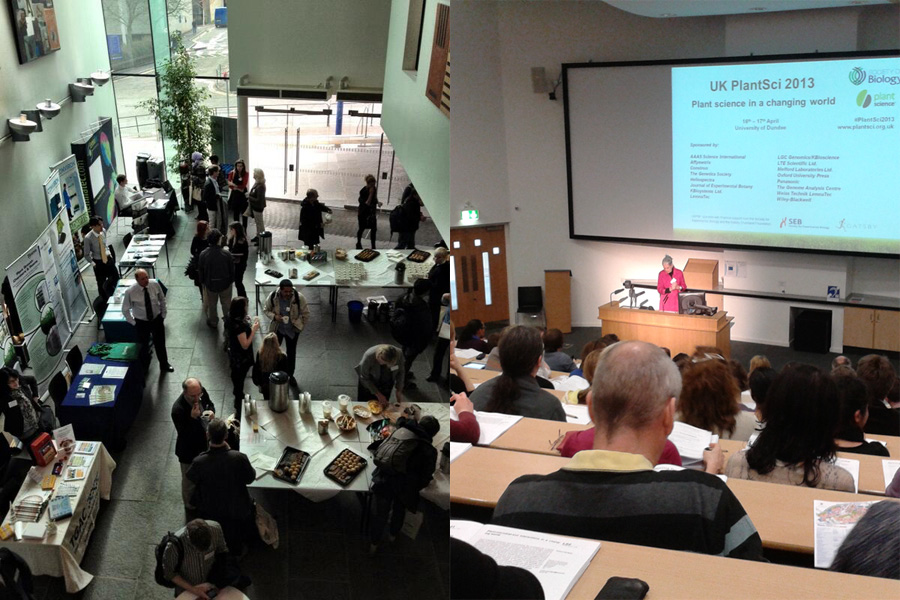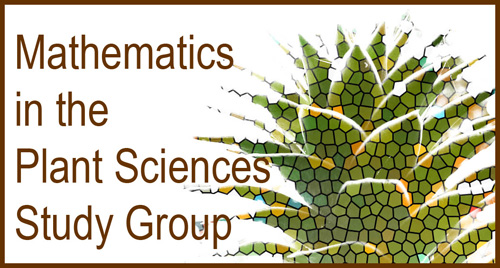 This is a guest post by Susie Lydon, Outreach Officer at the University of Nottingham
This is a guest post by Susie Lydon, Outreach Officer at the University of Nottingham
Plant science is becoming increasingly interdisciplinary, and for early career researchers, gaining experience in working across the traditional subject boundaries can be very useful. A common problem is that many of the training opportunities in relevant areas of maths and computer science assume a level of background knowledge which many biologists do not have (or do not feel confident about).
The Centre for Plant Integrative Biology at the University of Nottingham has been running ‘summer schools’ (which actually take place in early September!) for six years now which aim to bridge the gap for interdisciplinary ‘beginners’.
 Mathematical Modelling for Biologists is a four-day residential course which provides an introduction to biological modelling. The course comprises integrated lectures and computer practical classes, and the background knowledge assumed is ‘rusty A-level maths’ or equivalent. Participants learn from examples taken from gene regulation, biochemical reactions, population dynamics, and epidemiology.
Mathematical Modelling for Biologists is a four-day residential course which provides an introduction to biological modelling. The course comprises integrated lectures and computer practical classes, and the background knowledge assumed is ‘rusty A-level maths’ or equivalent. Participants learn from examples taken from gene regulation, biochemical reactions, population dynamics, and epidemiology.
Image Analysis for Biologists is a three-day residential course running for the second time in September 2013. The aims of this course are to allow participants gain an understanding of image analysis approaches commonly used in the biological sciences, and confidence in applying them. Like the modelling course, it comprises integrated lectures and practicals using relevant software. Many of the examples are drawn from CPIB’s work in plant image analysis, but the course is open to biologists from any discipline.
For more information about these courses, and to apply to attend in September 2013, visit the CPIB events page, or contact CPIB’s Outreach Officer, Dr Susie Lydon.
Image credits: Centre for Plant Integrative Biology











